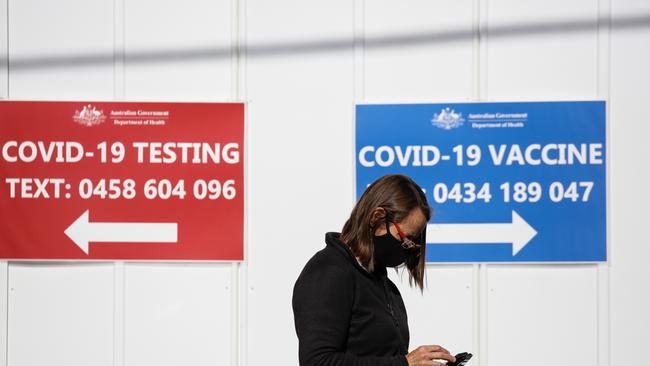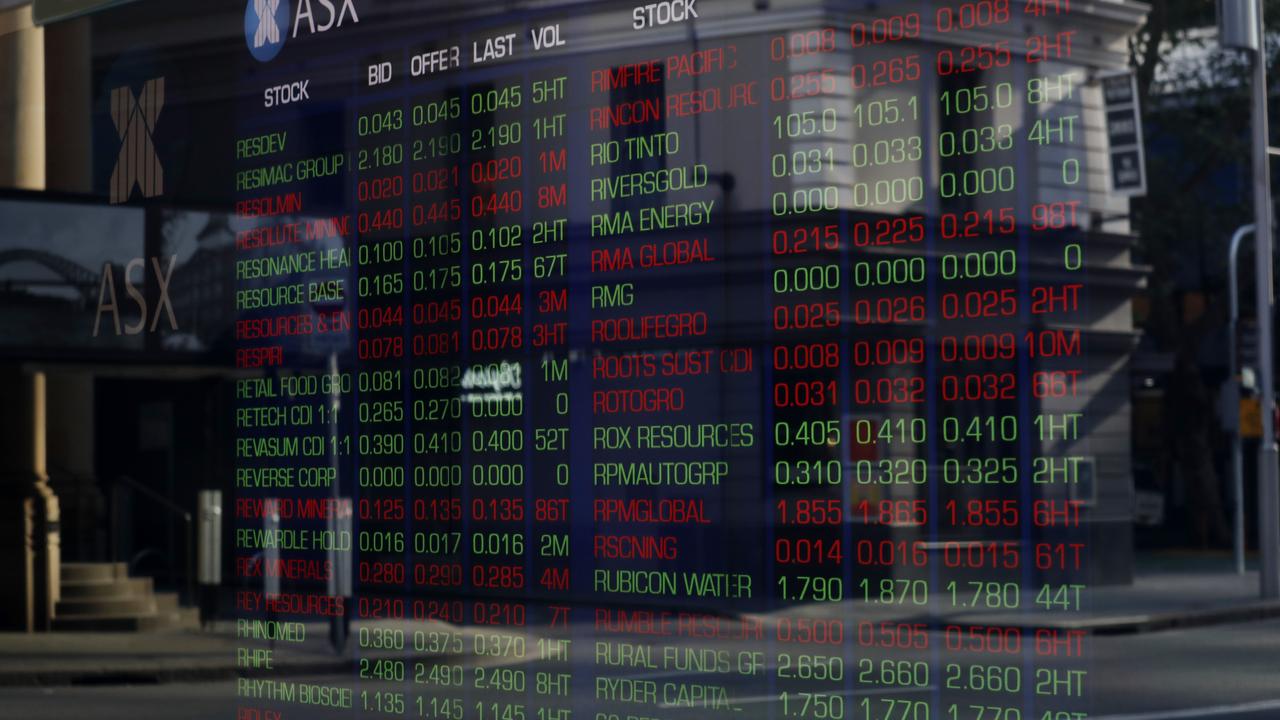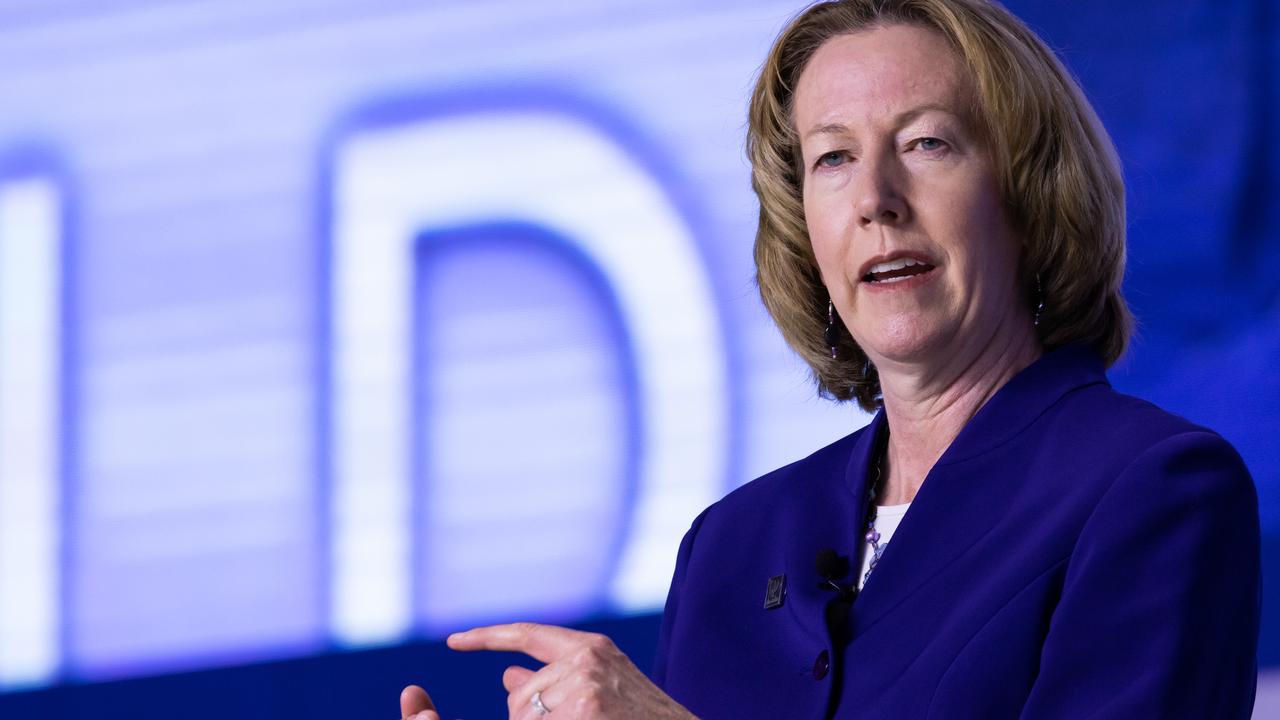Victoria ‘won’ and cements our Covid future
All states are now likely to copy Victoria’s “Covid safe” template and move to a hard lockdown at the first signs of new infections in the community.

AS NSW heads back to a Victoria 2020 future, Victoria has cemented the new “Covid safe” template for – at least - the rest of 2021.
It’s a template that will now apply in all states, including the ‘recalcitrant’ and now also presumably repentant NSW.
It is, simply, that at the first sign of new infections in the community, that state will move immediately to a hard lockdown unless and until we have reached pervasive vaccination levels.
That does point to a serious, disturbing question - albeit more for 2022: will states still go for lockdowns even when we are widely and deeply vaccinated.
Now, all the premiers except NSW’s Gladys Berejiklian had already been operating that template.
We didn’t only see it in Victoria in both Lockdown 4.0 and 5.0, but In Queensland and WA, and SA – locking down at just a single case – earlier this month.
But it is the parallel experiences of NSW and Victoria through July that now makes it both certain and unanimous and all vaccine-dependant.

All state premiers will now be channelling their inner Ken Henry: as he advised at the start of the GFC: “go early, go hard, go households”. The pervasive perception that emerges from July is that going early and going hard works – especially in the new age of Covid Delta; even the smallest delay or the least softness does not.
And that it works in both of the important ways. It limits the virus spread and it minimises the economic, business and jobs pain – and by implication, the budget cost. Victoria went hard and early: active cases 190, deaths zero, lockdown 12 days. NSW went slow and soft: active cases 2123, deaths 10, lockdown 33 days. And in all three categories, “and counting”.
Now I am not arguing this proves the Andrews (and McGowan, and Marshall, and Pałaszczuk) hard, early lockdown approach is “right”, in some absolute and undeniable sense.
The argument is much broader and more complicated than that, and it remains so even in this age of Covid Delta and the parallel NSW and Victoria experiences.
I remain closer to the (old) Berejiklian end of the spectrum, especially now that we actual already do have near-pervasive at least partial and even two-shot vaccination of the most vulnerable: the over-70s.
I am just explaining the reality that has come out the parallel experiences of NSW and Victoria through July. In terms of what governments will do going forward is undeniable.
Simply, that the Andrews approach won and the (old) Berejiklian approach lost; and even Berejiklian – and the real money men, PM Morrison and treasurer Frydenberg – have now “conceded” that.
On one level it’s just the brutal reality of politics in the age of Covid – although what’s developing in Boris Johnson’s pervasively vaccinated UK could shift that; or at least hopefully give us a different 2022 living-with-Covid template.
Both the parallel experiences and the “go early, go hard” – temporary, I hope – lockdown future should also cement the treasurer’s sensible refusal to “bring back JobKeeper”, as I discussed yesterday.
Obviously, both businesses and workers suffer less pain in two-week versus two month lockdowns. So the ‘cost’ of getting $600 a week versus JK1.0’s $750 is less painful for both. Businesses will also in short lockdowns be more inclined – and indeed, just able – to keep workers on staff, albeit if nevertheless stood down, rather than sacking them.
Yes, the structure of JobKeeper working through the employer was crucial in maintaining the link between employer and employee. Indeed, that was precisely what I argued in March last year, in urging Frydenberg to follow the NZ scheme.
But we’ll mostly still get that with the new Cov-19 DisPay version. Some fine-tuning to cover people who are falling between the slat is needed though.






